Top Image: Discharged men of the 100th Infantry Battalion taking part in a Veterans Day Parade at Kapiolani Park. Courtesy of the UHM Library Digital Image Collection.
Following the December 7 attack on Pearl Harbor, American suspicion of its Japanese citizens was at an all-time high. Over 100,000 Japanese Americans living on the west coast were labeled as “enemy aliens” and placed in internment camps due to fear and suspicion of collaboration with the Japanese government. Though they faced discrimination at home, many Japanese American men were given the opportunity to enlist in the military. Two Japanese American combat units, the 100th Infantry Battalion and the 442nd Infantry Regiment, went on to fight in Europe earning themselves the titles of the most decorated American units of World War II.
On June 12, 1942, the 100th Infantry Battalion was activated. The 100th was a racially segregated unit, comprised of more than 1,400 second generation Japanese Americans, known as Nisei. Initially, the 100th was an orphaned battalion, meaning the battalion was not assigned to any larger unit. The unit was known to its members as “One Puka Puka.” The word “puka” is Hawaiian for the term “hole,” referring to the zeros in the number. Many of the men in the 100th previously served in the 298th and 299th Infantry Regiments of the Hawaii National Guard. These men were on or near Pearl Harbor when the Japanese struck, and aided in clearing debris and assisting the wounded. Under the direction of Caucasian commanders and company-grade officers, the 100th began gearing up for war.
Due to fear of an additional Japanese attack, the War Department removed the 100th from Hawaii, sending them to the mainland United States. In June 1942, the men boarded the SS Maui and landed in California five days later, where they were then sent off to training bases. For one year, the men trained at Camp McCoy in Wisconsin and Camp Shelby in Mississippi. In May 1943, the 100th participated in training maneuvers in Louisiana. That August, the 100th deployed across the Atlantic to the Mediterranean where they took part in the Italian campaign. The men selected the motto “Remember Pearl Harbor,” to reflect their anger at the attack on their country.
The logo and motto "Remember Pearl Harbor" of the 100th Infantry Battalion. Courtesy of the US National Archives.
In September 1943, the 100th engaged in combat in southern Italy near Salerno. The fighting in Italy was tough, and the men of the 100th were a driving force during the campaign. In January 1944, they fought at Cassino, and later accompanied the 34th Infantry Division to Anzio. In May and June of that year, the battalion took part in the breakout from Anzio and successfully pushed the Germans north of Rome.
-

A mortar crew from the 100th in Montenero, Italy, firing upon a hillside suspected to house German snipers. Courtesy of the UHM Library Digital Image Collections.
-

Lieutenant John Ko of the 100th Infantry Battalion doing reconnaissance for supposed German war maneuvers. Courtesy of the UHM Library Digital Image Collections.
Following the Italian campaign, on August 10, 1944, the 100th was officially integrated into the 442nd Infantry Regiment and participated in the invasion of Southern France. In total, the men of the 100th spent 20 months in Europe and fought in six campaigns across Italy and France. The battalion was awarded six Distinguished Service Crosses during the first eight weeks of combat and earned three Presidential Unit Citations. Along with the 442nd, the 100th Infantry Battalion is recognized as the most decorated American unit for its size and length of service.
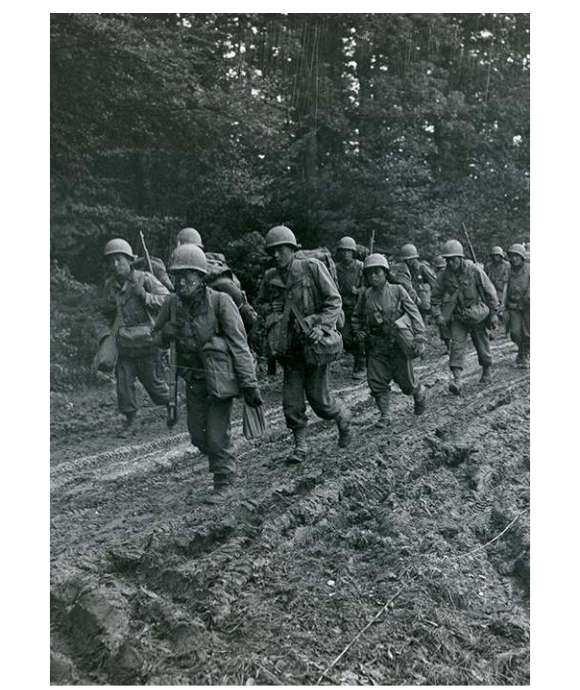
Going For Broke: The 442nd Regimental Combat Team
Despite the odds, the 442nd’s actions distinguished them as the most decorated unit for its size and length of service in the history of the US military.
Connie Gentry
Cite this article:
MLA Citation:
APA Citation:
Chicago Style Citation:
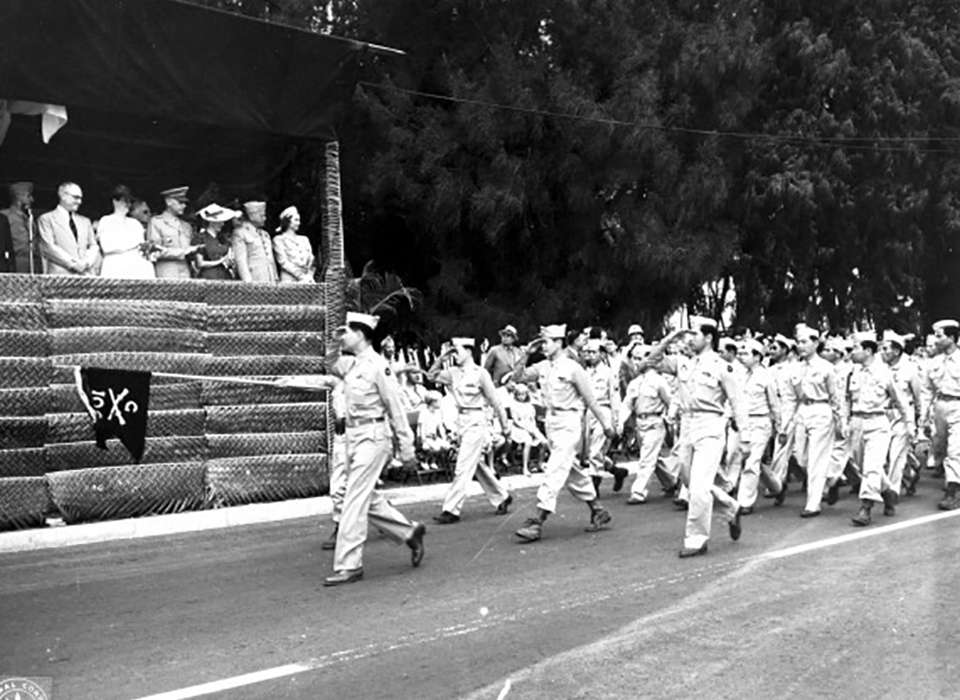
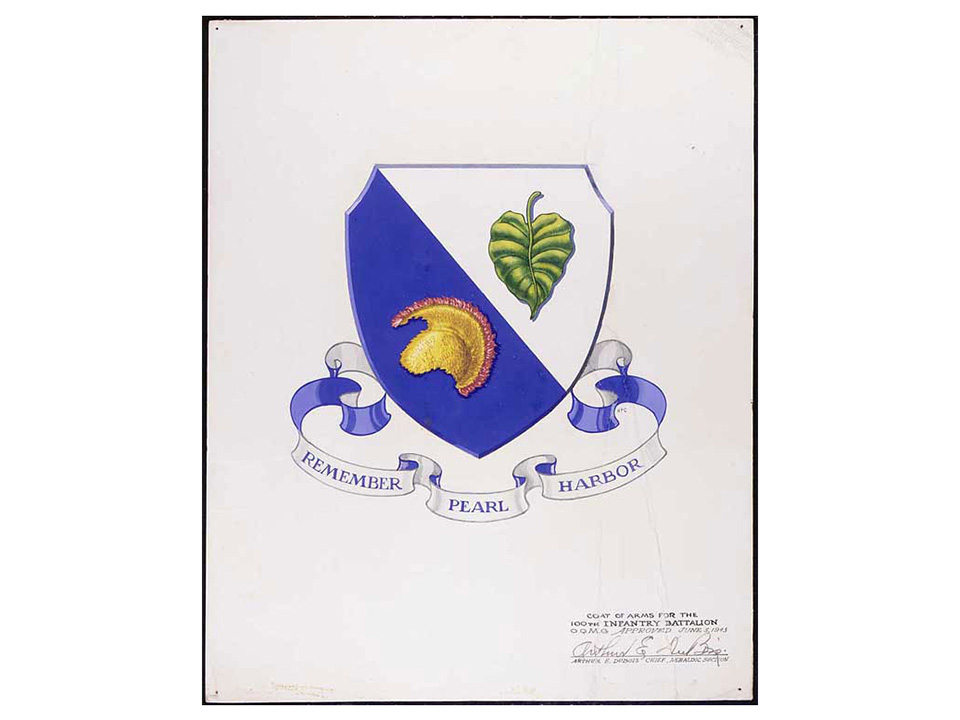
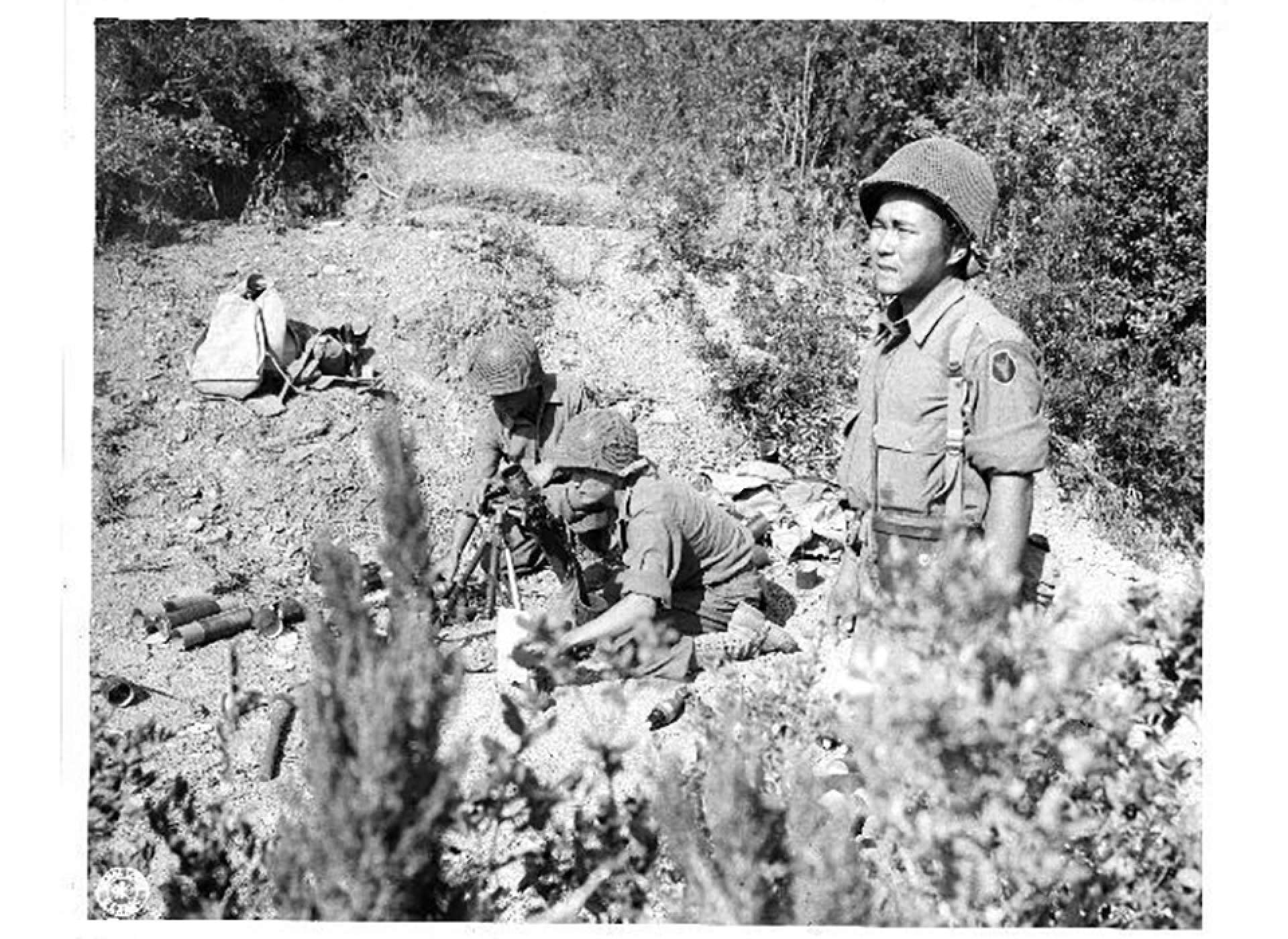
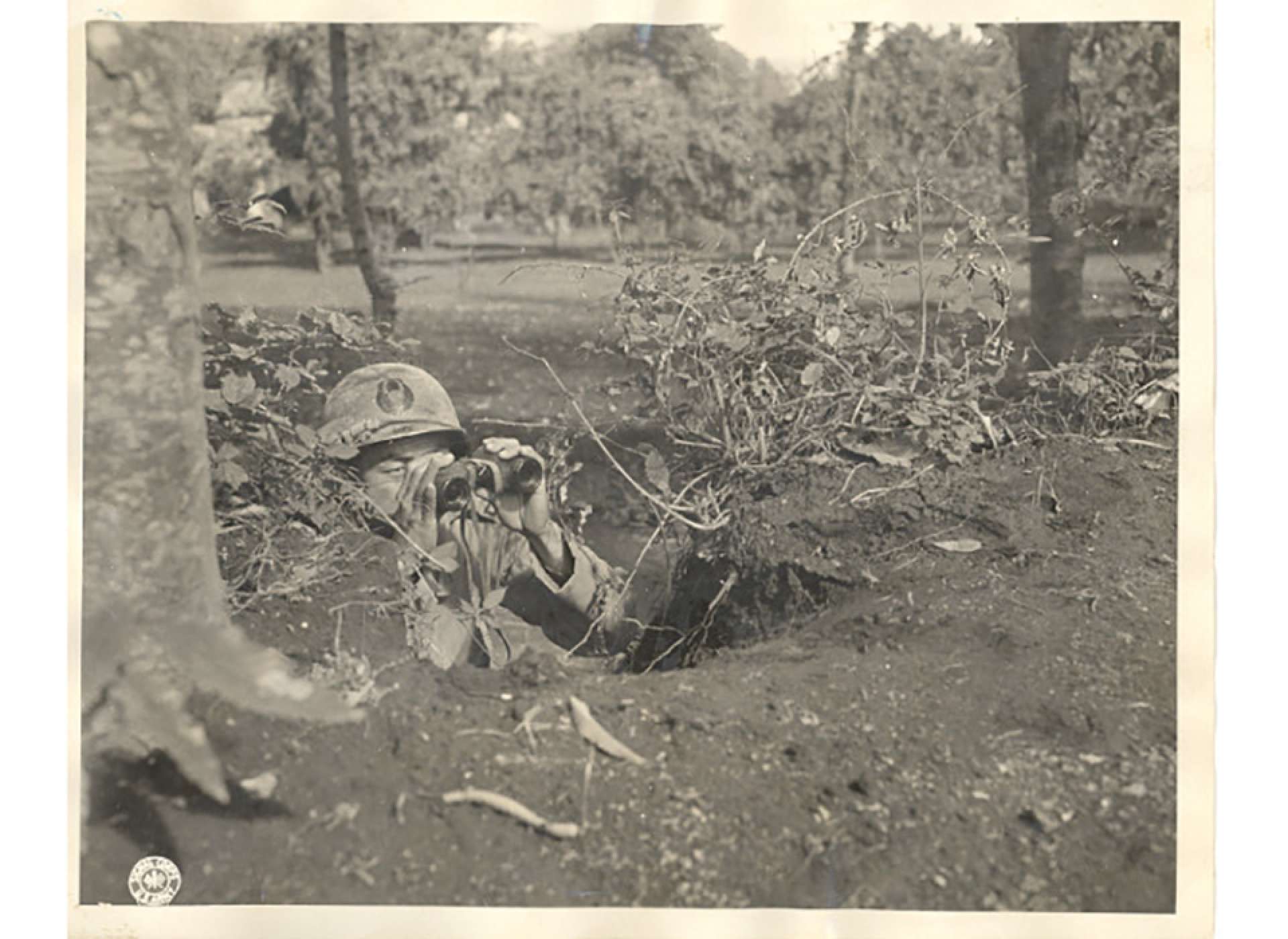




![Max Fuchs, New York City cantor, sings as Rabbi Sydney [sic] Lefkowitz, Richmond, VA, conducts the first Jewish services from Germany.](/sites/default/files/styles/max_650x650/public/2025-10/image1.jpg)



